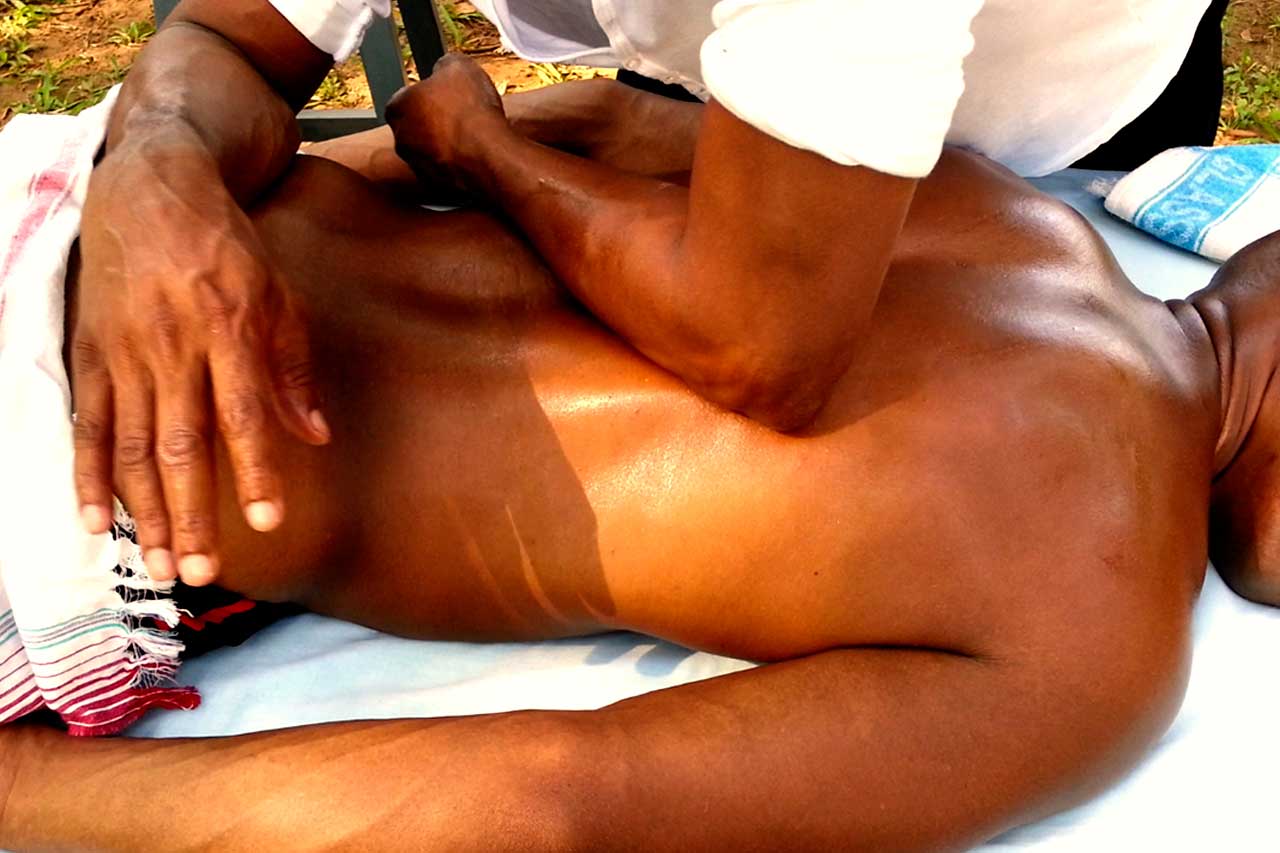
How Helpful is Massage Therapy in Inflammation
We have all undergone various inflammatory discomforts in our life. A fever, tendonitis, bursitis, rhinitis, tonsillitis and even dermatitis are some common examples of Inflammation.
In the case of pathogen infection, the inflammation is a motion that is set upon by the cells of the immune system to kill those foreign adverse microbes that are attacking the system and check their spread. This kind of Inflammation is a generic response, and therefore it is considered as one of the mechanism of Innate Immunity. ‘Innate Immunity‘ refers to the subsystem of overall immune system which comprises the cells and mechanisms that defend the host from infection by other organisms. The cells of the innate system recognize and respond to invading microbes in a generic way, but, the system does not provide long-lasting immunity to the host. Innate immune systems provide immediate defenses against infection.
In case of Non pathogenic inflammation, there are no microbes involved that are attacking the body. The body can trigger an Inflammatory response which can be localized or of the whole body due to the tissue fatigue, tissue trauma, tissue stress or tissue damage. If such a Inflammation remains long for days then it becomes Chronic and starts to damage or harm the tissues instead of healing or repairing them.
As we know now from above that infection is not the only cause of Inflammation but the other causes can be Immunological responses, excessive tissue stress, trauma and chemical or even environmental. The body cannot distinguish between the various causes of Inflammation and they all trigger a fibrous response. This fibrous response is life saving in case of a infection – attack of pathogens. But in case of non pathogenic reason of aseptic conditions, fibrous response when turning into chronic Inflammation creates adverse mechanical deficits. These adverse mechanical deficits create stiffness, impair local biomechanical function, effect performance, hinder mobility and create degenerative changes. Such a condition can be classified as Adverse Tissue Fibrosis.
Such a situation can be very effectively managed with mechanical/ movement based health care system that we can categorise into
- Rehabilitation movement therapy that includes active with resistive exercises and passive forced movements.
- Deep massage.
Our topic here is looking into the massage as a means to manage Scar Tissue or Adverse Tissue Fibrosis due to Inflammation.
There is no clinical research as such to support the basis of Massage Therapy to bring freedom from such situations. But again and again personal experiences of Therapists and clients have demonstrated that Deep Massage is bringing noticeable relief into the Non pathogenic inflammatory situations.

Here is an excerpt from the blog https://www.hfe.co.uk/blog/massage-therapy-and-inflammation/ that explains more in detail
In 2014, Dr Nina Franklin and her research team at the University of Illinois at Chicago published their research in the Archives of Physical Medicine and Rehabilitation. The study consisted of three groups with a total number of 36 participants; the groups were split into ‘exertion-induced muscle injury and muscle therapy’, ‘exertion-induced muscle injury only’ and ‘muscle therapy only’. Brachial artery flow-mediated dilation (FMD) was monitored using an ultrasound at each time point: 90 minutes, 24 hours, 48 hours, and 72 hours.
The results showed that participants who received massage therapy on the lower extremities had much higher FMD measurements in the upper extremity after exertion and after rest.
Dr Krista Ingram, who wrote Naturopathic And Massage Perspectives explains in one of her articles that massage therapy can help to decrease the sympathetic nervous system, improve circulation, and remove fluid buildup from the tissues in the body and decrease inflammation. Chronic inflammation is caused by similar triggers as autoimmune disorders, therefore treatment and therapy can often be similar and provide the same benefits.
A further study, researched by Crane et al, from the Buck Institute for Research on Aging and McMaster University in Hamilton Ontario, involved administering either massage therapy or no treatment on the quadriceps of 11 young male participants after muscle damage caused by exercise. The data was collected via muscle biopsies at baseline, ten minutes after massage treatment, and two and a half hours after recovery. The results showed that massage attenuated the production of the inflammatory cytokines tumour necrosis factor–α (TNF-α) and interleukin-6 (IL-6) and reduced heat shock protein 27 (HSP27) phosphorylation. Thus, it would appear that massage therapy administered after exercise that causes muscle damage, can, in fact, be clinically beneficial by reducing inflammation.
The data was collected via muscle biopsies at baseline, ten minutes after massage treatment, and two and a half hours after recovery. The results showed that massage attenuated the production of the inflammatory cytokines tumour necrosis factor–α (TNF-α) and interleukin-6 (IL-6) and reduced heat shock protein 27 (HSP27) phosphorylation. Thus, it would appear that massage therapy administered after exercise that causes muscle damage, can, in fact, be clinically beneficial by reducing inflammation.
So should we start treating Inflammations with massage?
The answer is Yes and no both. Here are non pathogenic Inflammations where massage will aggravate the problem more.
But there are other where massage will bring a relief.
In the end its ones experience and knowledge that should be the guiding force.
References
https://chiro-trust.org/advanced/what-really-is-a-chiropractic-adjustment/
https://www.hfe.co.uk/blog/massage-therapy-and-inflammation/
Sports massages courses https://www.hfe.co.uk/sports-massage/
